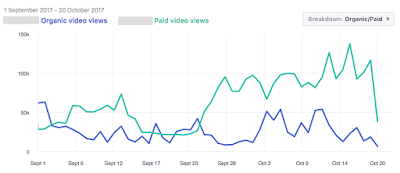Given its published criteria, the list of initial finalists includes surprising inclusions - and surprising omissions - eg, will such considerations as housing/rental prices and commutes
really matter compared to supply of tech talent and the incentive packages cities put together?
Creating a political juggernaut to fend off calls for regulation is an issue for Amazon. But from this list, the east coast appears to have an edge, especially Boston, where rumors of Amazon's making massive lease commitments abound and Washington, DC, where Jeff Bezos owns a large home - and a large newspaper. Data below provide the opportunity to compare and contrast. To be continued. JL
Rani Molla reports in Re/code and Pete Saunders reports in Forbes:
All the finalists have a ready supply of tech talent. Real estate leases and rentals make up just 4% of a tech
company’s operating expenses, while
payroll alone makes up 50%. Amazon wishes to become established in another region of the country. Amazon appears to be looking to be an economic complement to its selected city, not its economic savior. The livability cut hasnt been done yet.



























































